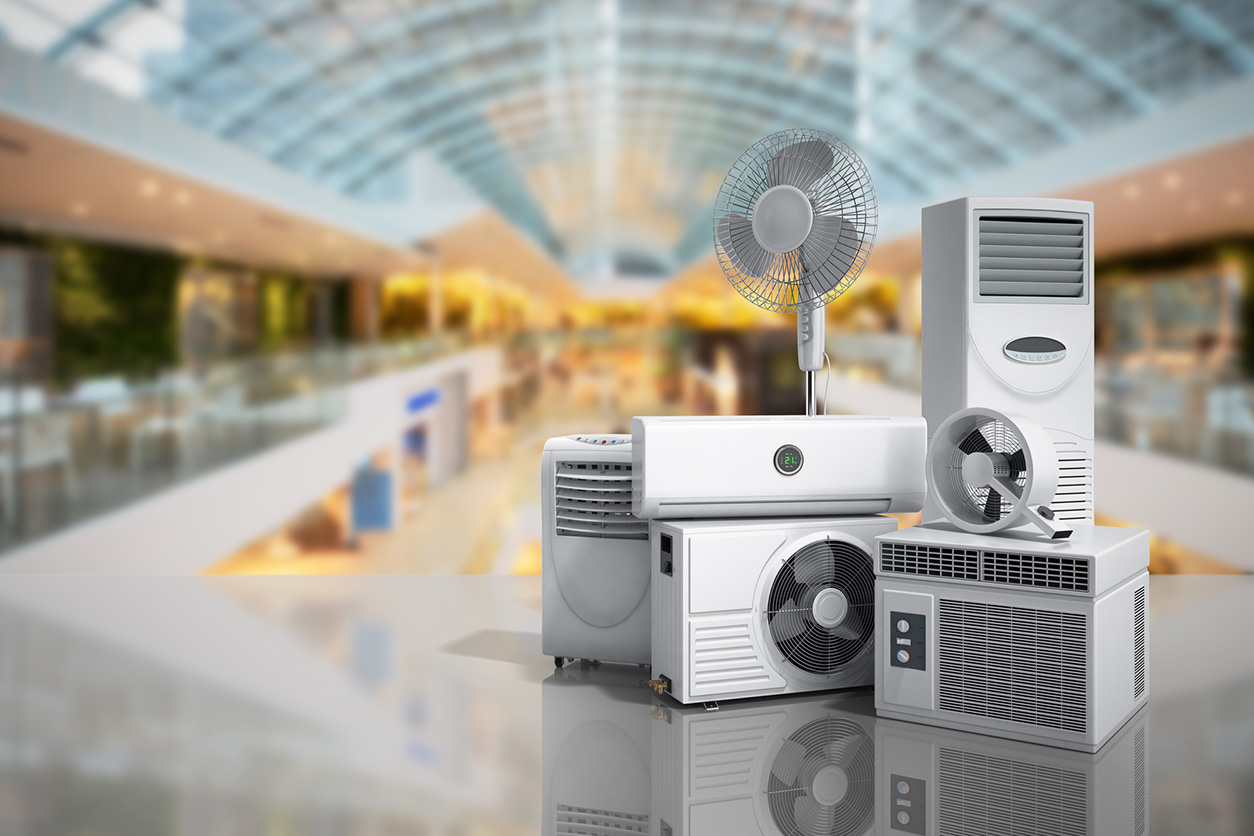
When it comes to ensuring clean and healthy indoor air, filtration systems play a crucial role. Whether in homes, offices, or industrial settings, the choice between centralized and decentralized filtration systems can significantly impact indoor air quality. Let’s explore the differences between these two approaches and their respective advantages and disadvantages.
Centralized Filtration Systems
Whole-Building Approach: Centralized systems are designed to treat the air throughout an entire building. They typically consist of a single, powerful unit or a network of units connected to a central HVAC (Heating, Ventilation, and Air Conditioning) system. This means that all indoor spaces receive treated air, ensuring consistent air quality throughout the building.
Efficient and Effective: Centralized systems are often more efficient at filtering and conditioning air. They can handle larger volumes of air and are well-suited for buildings with multiple rooms and a consistent need for air treatment. These systems can incorporate various filtration technologies, such as HEPA filters, activated carbon filters, and UV-C disinfection, to address a wide range of contaminants.
Maintenance Benefits: With a centralized system, maintenance is typically centralized as well. This can simplify the process of filter replacements and system upkeep since all components are housed in one location.
Initial Costs: The initial cost of installing a centralized system can be higher, especially for larger buildings. However, the long-term efficiency and maintenance benefits can offset this initial expense.
Decentralized Filtration Systems
Individual Control: Decentralized systems consist of separate filtration units placed in specific zones or rooms. This allows for individual control over air quality in different areas of a building. Users can tailor the filtration level to their specific needs, which is particularly useful in spaces with varying air quality requirements.
Lower Initial Costs: Decentralized systems often have a lower initial cost compared to centralized systems. They are more straightforward to install and are suitable for smaller spaces or buildings with a distributed layout.
Targeted Filtration: Decentralized systems can be strategically placed in areas where air quality concerns are most significant, providing more targeted filtration. This can be especially beneficial for addressing localized contaminants or maintaining specific conditions, such as in laboratories or clean rooms.
Maintenance Complexity: The decentralized approach can lead to more complex maintenance, as there are multiple units to monitor and service. Regular filter changes and upkeep are essential for each unit to maintain consistent performance.
Choosing the Right System
The choice between centralized and decentralized filtration systems depends on various factors, including the size and layout of the building, specific air quality needs, budget considerations, and maintenance capabilities. In some cases, a hybrid approach that combines both centralized and decentralized systems may offer the best solution for optimizing indoor air quality.
In conclusion, the decision between centralized and decentralized filtration systems involves a careful evaluation of your building’s unique requirements. Both approaches have their advantages, and the choice should align with your priorities for air quality, budget, and maintenance efficiency. Ultimately, the goal is to provide clean and healthy indoor air for the occupants, whether through a whole-building strategy or targeted filtration solutions.
